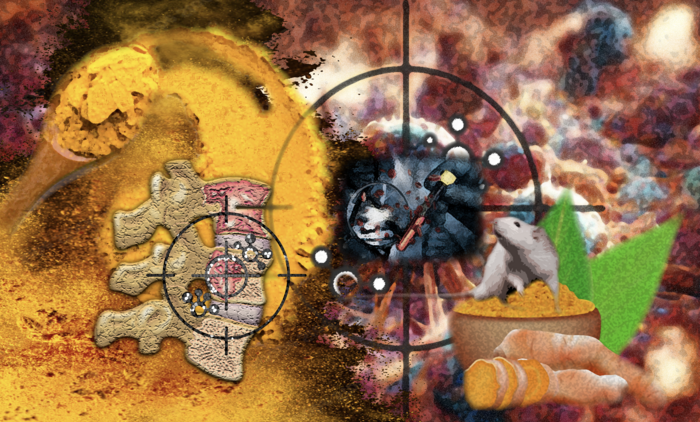MAYWOOD, IL – Prostate cancer patients are willing to pay up to $2,000 of their own money for a new high-tech biopsy technique that significantly improves accuracy, according to a study published in the journal Urology Practice.
The study by senior author Gopal Gupta, MD, and colleagues was a multidisciplinary collaboration among Loyola Medicine and Loyola University Chicago's Quinlan School of Business and Stritch School of Medicine.
Loyola was the first center in Illinois to offer the new technique, called MR-US prostate biopsy. The technique fuses MRI images with ultrasound imaging to create a detailed, 3-D view of the prostate. This improved view helps physicians perform biopsies with much higher precision and increases prostate cancer detection.
When prostate cancer is suspected due to results of a PSA screening test or digital rectal exam, a biopsy is performed. The physician typically sticks a needle into 12 areas of the prostate. However, this traditional method can miss a tumor that's not located in one of the 12 areas.
In an MR-US biopsy, an MRI is performed before the biopsy to identify lesions that may be tumors. During the biopsy, these MR images are fused with ultrasound imaging, which guides the biopsy needle to the lesions.
Dr. Gupta and his colleagues wanted to better understand how patients perceive this new technology and what they are willing to pay for it. So they partnered with Quinlan School of Business marketing faculty members Joan Phillips, PhD, and Alexander Krasnikov, PhD, to perform a conjoint analysis. (Conjoint analysis is used widely in marketing to understand the trade-offs consumers make when choosing products or services.)
Researchers surveyed 202 men aged 55 to 70 in a urology clinic. The men were asked to imagine they were scheduled to undergo a biopsy for possible prostate cancer, and had $2,000 of their own money in a health savings account. (Such an account allows a patient who has a high-deductible insurance plan to set aside money on a pre-tax basis to pay for medical expenses.)
The patients were willing to pay $1,598 more for a biopsy that increased the likelihood of detecting all types of prostate cancer from 43 percent to 51 percent. (This is similar to the increased sensitivity of an MR-US prostate biopsy.)
The patients were willing to pay $2,034 extra for an exam that, like an MR-US prostate biopsy, increased the negative predictive value from 70 percent to 90 percent. (Negative predictive value is the chance that a negative biopsy truly reflects that there is no cancer.) Patients were not willing to pay extra for a biopsy with improved sensitivity to detect high-risk cancer alone.
Depending on the hospital, MR-US prostate biopsies generally cost $700 to $1,570 more than standard biopsies, and are not covered equally by insurance plans.
"The value placed on MR-US prostate biopsy is particularly useful when urologists are counseling patients with a health savings account and/or patients whose insurance does not cover MR-US prostate biopsy," Dr. Gupta and colleagues wrote.
Conjoint analysis also can be used to determine patients' willingness to pay for other new prostate cancer technologies, such as better biomarker screening tests than PSA.
"An enhanced understanding of patient preferences, and the monetary value that they place on these preferences, will be imperative to understand as healthcare delivery rapidly moves towards a consumer-driven era," researchers concluded.
###
The study is titled "Examining patients' willingness to pay for MRI-guided prostate biopsy: Implications in the era of health savings accounts."
In addition to Drs. Gupta, Phillips and Krasnikov, other co-authors are first author Chad Ellimoottil, MD, MS, a former urology resident at Loyola now at the University of Michigan; Marissa Marcotte, BS, and Daniel Grace, BS, of Loyola University Chicago Stritch School of Medicine, and Marcus L. Quek, MD, and Robert Flanigan, MD, of Loyola Medicine and Loyola University Chicago Stritch School of Medicine.
Media Contact
Jim Ritter
[email protected]
708-216-2445
@LoyolaHealth
http://www.luhs.org
############
Story Source: Materials provided by Scienmag





